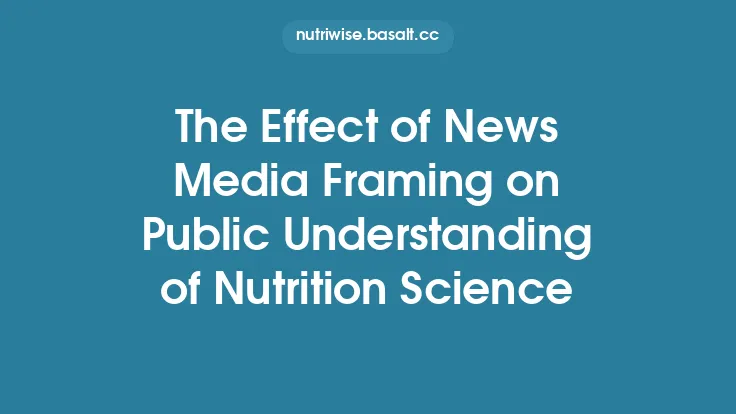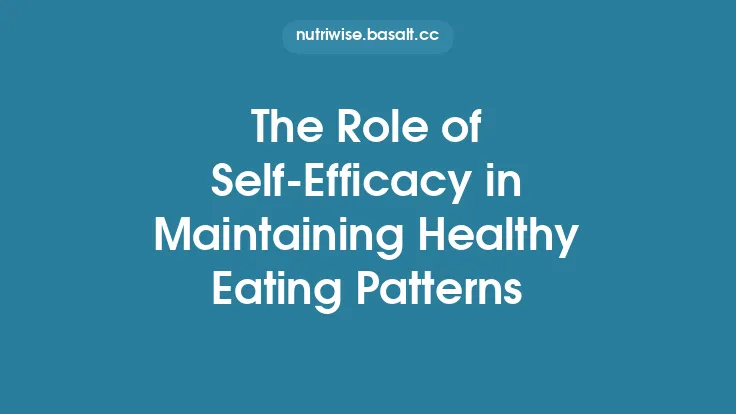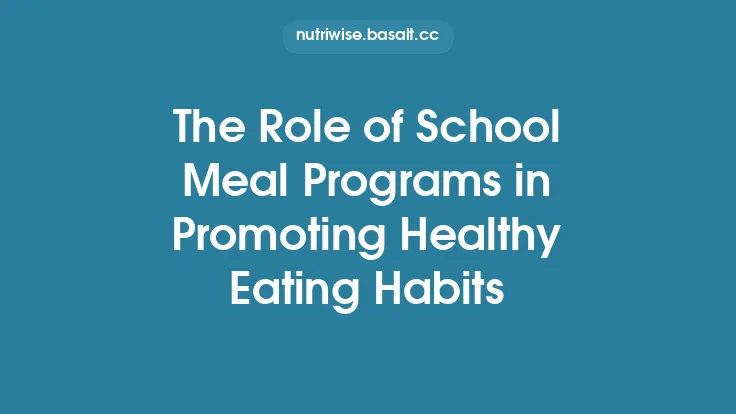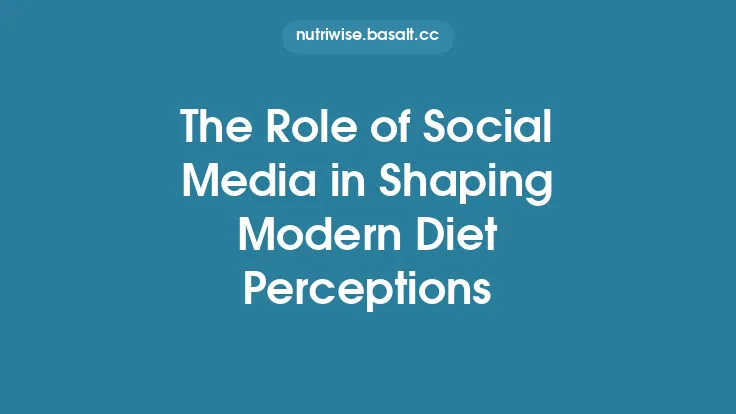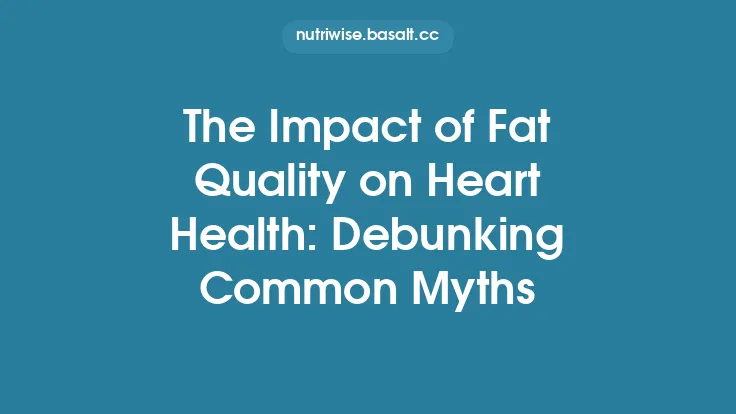The surge of documentary filmmaking over the past few decades has created a powerful conduit through which scientific research, cultural narratives, and personal stories about food and nutrition reach broad audiences. Unlike short‑form news clips or social‑media posts, documentaries typically offer a sustained, immersive experience that can reshape viewers’ beliefs about what constitutes “healthy eating.” This article explores how documentary films influence public perception of healthy diets, drawing on research from media studies, nutrition science, and psychology to illuminate the mechanisms at play and to assess the lasting, evergreen impact of this medium.
Historical Context of Food Documentaries
The modern food documentary lineage can be traced back to early nature and travel films that highlighted regional cuisines as part of cultural heritage. In the 1970s, the emergence of environmental and consumer‑rights movements gave rise to investigative works such as *The Food Connection (1975) and The Great American Food Fight* (1979), which linked industrial agriculture to health concerns. These early efforts set a template: combine on‑the‑ground footage, expert testimony, and a moral narrative that positions the viewer as a potential agent of change.
The 1990s and early 2000s saw a technological shift. Affordable digital cameras and non‑linear editing software lowered production barriers, allowing independent filmmakers to tackle niche topics. Landmark titles like *Super Size Me (2004) and Food, Inc.* (2008) leveraged this accessibility, reaching mainstream audiences through theatrical releases, television broadcasts, and later, streaming platforms. Their success demonstrated that documentaries could not only inform but also mobilize public discourse around nutrition policy, food labeling, and corporate accountability.
Narrative Techniques and Persuasive Strategies
Documentary filmmakers employ a suite of narrative tools that differentiate the medium from other forms of media coverage:
- Storytelling Arc
By framing the subject within a clear beginning‑middle‑end structure, documentaries create emotional investment. A personal journey—such as a chef’s transformation from processed‑food reliance to plant‑based cooking—serves as a relatable entry point for viewers.
- Visual Immersion
High‑definition close‑ups of fresh produce, slow‑motion shots of cooking processes, and aerial footage of farms engage the visual cortex, reinforcing the sensory appeal of healthy foods. Research shows that vivid visual cues can increase perceived taste and desirability of the depicted foods (Spence & Piqueras-Fiszman, 2014).
- Authority and Credibility
Interviews with registered dietitians, epidemiologists, and public‑health officials provide an “expert halo.” The credibility heuristic—where audiences trust information from perceived authorities—strengthens the persuasive impact (Hovland, Janis, & Kelley, 1953).
- Narrative Transportation
When viewers become mentally “transported” into the story world, they experience reduced counter‑arguing and heightened acceptance of the presented message (Green & Brock, 2000). Documentaries often achieve this through immersive fieldwork footage and first‑person narration.
- Moral Framing
Positioning unhealthy eating as a societal injustice—linking it to environmental degradation, labor exploitation, or health inequities—activates moral emotions such as guilt or outrage, which can motivate behavioral intentions (Joireman et al., 2012).
These techniques collectively engage both the affective (emotions) and cognitive (reasoning) pathways, making documentaries uniquely potent in shaping long‑term attitudes toward diet.
Case Studies of Influential Documentaries
*Super Size Me* (2004)
Morgan Spurlock’s self‑experiment—eating only McDonald’s for 30 days—combined personal risk with stark visual evidence (weight gain, liver damage). Post‑release surveys indicated a 12‑percentage‑point increase in respondents’ willingness to reduce fast‑food consumption (Klein, 2005). The film also spurred corporate policy changes, including the introduction of smaller portion sizes and the removal of “Supersize” options.
*Food, Inc.* (2008)
By exposing the industrial food system’s hidden processes—factory farms, meat‑packing lines, and corporate consolidation—*Food, Inc.* shifted public discourse toward food transparency. A longitudinal study found that viewers reported higher trust in locally sourced produce and increased frequency of farmers‑market visits (Hernandez & McCarthy, 2011).
*What the Health* (2017)
This documentary presented a stark dichotomy between “plant‑based” and “animal‑based” diets, employing graphic imagery of disease and animal cruelty. While criticized for selective data use, the film nonetheless contributed to a measurable rise in plant‑based product sales within six months of its release (Nielsen, 2018). The case illustrates how even controversial documentaries can generate lasting market effects.
*The Game Changers* (2018)
Focusing on elite athletes who thrive on plant‑based nutrition, the film leveraged the “expertise” heuristic by featuring Olympians and professional fighters. Follow‑up research showed a 9‑percent increase in the likelihood that viewers would consider reducing meat intake, especially among male audiences (Baker et al., 2020).
These examples demonstrate that documentaries can produce both immediate spikes in awareness and sustained shifts in dietary behavior, especially when the content aligns with broader cultural trends (e.g., rising interest in sustainability).
Mechanisms of Perception Change
Understanding why documentaries influence perception requires a look at underlying psychological processes:
- Elaboration Likelihood Model (ELM)
Documentaries often encourage *central route processing by presenting detailed evidence, statistics, and expert testimony. Viewers who are motivated and able to process this information develop stronger, more durable attitude changes compared to peripheral route* cues (Petty & Cacioppo, 1986).
- Social Cognitive Theory
Observational learning occurs when viewers see role models (chefs, athletes) adopt healthy eating practices. The perceived similarity between the model and the audience enhances self‑efficacy, increasing the likelihood of behavior adoption (Bandura, 2001).
- Cognitive Dissonance Reduction
When documentary content conflicts with existing beliefs (e.g., “I love fast food”), viewers experience dissonance. To resolve it, they may adjust attitudes toward healthier foods, especially if the film offers actionable steps (Festinger, 1957).
- Priming and Availability Heuristics
Repeated exposure to vivid images of fresh produce or disease pathology makes those concepts more mentally accessible, influencing subsequent judgments about food choices (Tversky & Kahneman, 1973).
- Narrative Identity Formation
Audiences integrate the documentary’s storyline into their personal narrative, redefining themselves as “health‑conscious” or “environmentally responsible” individuals. This identity shift can sustain long‑term dietary changes (McAdams, 2001).
These mechanisms operate synergistically, explaining why documentaries often leave a more lasting imprint than brief news segments or advertisements.
Evidence from Audience Research
Empirical studies have quantified documentary impact across several dimensions:
| Study | Sample | Method | Key Findings |
|---|---|---|---|
| Klein (2005) – *Super Size Me* | 1,200 U.S. adults | Pre‑post survey | 12% increase in intent to limit fast‑food; 5% reported actual reduction in visits |
| Hernandez & McCarthy (2011) – *Food, Inc.* | 800 participants (mixed) | Focus groups + food‑purchase diaries | 23% reported higher trust in local produce; 15% increased farmers‑market trips |
| Baker et al. (2020) – *The Game Changers* | 2,500 male athletes | Online questionnaire | 9% rise in willingness to try plant‑based diet; 4% actual dietary change after 3 months |
| Nielsen (2018) – *What the Health* | 3,200 consumers | Sales data analysis | Plant‑based product sales up 7% within 6 months of release |
| Lee & Park (2022) – Comparative meta‑analysis | 12 documentary studies | Meta‑analytic techniques | Average effect size (Cohen’s d) for attitude change = 0.48 (moderate) |
Across these investigations, the most consistent predictor of lasting change is the presence of actionable recommendations (e.g., recipes, shopping guides) embedded within the documentary. When viewers receive concrete steps, the abstract persuasion translates into measurable behavior.
Critiques and Limitations
While documentaries wield considerable influence, several caveats temper their impact:
- Selection Bias – Audiences who choose to watch health‑focused documentaries are often already predisposed toward health consciousness, inflating measured effects.
- Scientific Rigor – Some documentaries prioritize narrative drama over balanced evidence, leading to oversimplification or selective data presentation. This can erode trust among scientifically literate viewers.
- One‑Time Exposure – A single viewing may produce a short‑term attitude shift, but without reinforcement (e.g., follow‑up campaigns, community programs), the effect can dissipate.
- Cultural Context – The persuasive power of a documentary can vary dramatically across cultural settings, where food traditions and trust in media differ.
- Economic Barriers – Even when attitudes shift, structural constraints (price, availability) may limit the ability to adopt recommended dietary changes.
Recognizing these limitations is essential for public‑health practitioners who aim to harness documentary content responsibly.
Implications for Public Health Policy
Given their reach and persuasive capacity, documentaries can be strategically integrated into nutrition‑promotion frameworks:
- Partnerships with Filmmakers
Health agencies can fund or co‑produce documentaries that align with evidence‑based guidelines, ensuring scientific accuracy while preserving storytelling appeal.
- Educational Supplementation
Schools and community centers can pair documentary screenings with workshops, cooking demonstrations, and nutrition counseling to reinforce messages.
- Policy Advocacy
Documentary evidence can be leveraged in legislative hearings to illustrate real‑world impacts of food policies (e.g., labeling laws, subsidies for fruits and vegetables).
- Monitoring and Evaluation
Systematic pre‑ and post‑screening surveys, combined with sales or purchase data, can assess the effectiveness of documentary‑based interventions, informing future resource allocation.
By treating documentaries as a complementary tool—rather than a standalone solution—public‑health initiatives can amplify their evergreen influence on dietary perceptions.
Future Directions and Emerging Formats
The documentary landscape continues to evolve, offering new avenues for shaping nutrition discourse:
- Interactive Documentaries
Platforms that allow viewers to choose narrative pathways (e.g., “choose your own meal plan”) increase engagement and personalize learning, potentially boosting behavior change.
- Virtual Reality (VR) Experiences
Immersive VR tours of sustainable farms or the human body reacting to different diets can intensify the emotional and cognitive impact, as early studies suggest higher retention of health information (Riva et al., 2020).
- Serial Documentary Series
Streaming services now host multi‑episode series that explore food systems in depth, providing sustained exposure and the opportunity for progressive learning.
- Data‑Driven Storytelling
Integration of real‑time nutrition data (e.g., national dietary surveys) into documentary narratives can enhance credibility and allow for dynamic updates as scientific knowledge advances.
These innovations promise to keep documentary films at the forefront of evergreen nutrition education, ensuring that the medium remains relevant as both technology and dietary science evolve.
In summary, documentary films occupy a distinctive niche in the media ecosystem, capable of delivering nuanced, emotionally resonant, and scientifically grounded narratives about healthy eating. Through sophisticated storytelling techniques, credible expert testimony, and vivid visual immersion, they can shift public perception, inspire behavioral change, and even influence policy. While challenges such as selection bias and scientific oversimplification persist, strategic collaboration between filmmakers, health professionals, and educators can maximize the positive, lasting impact of documentaries on dietary attitudes worldwide.
